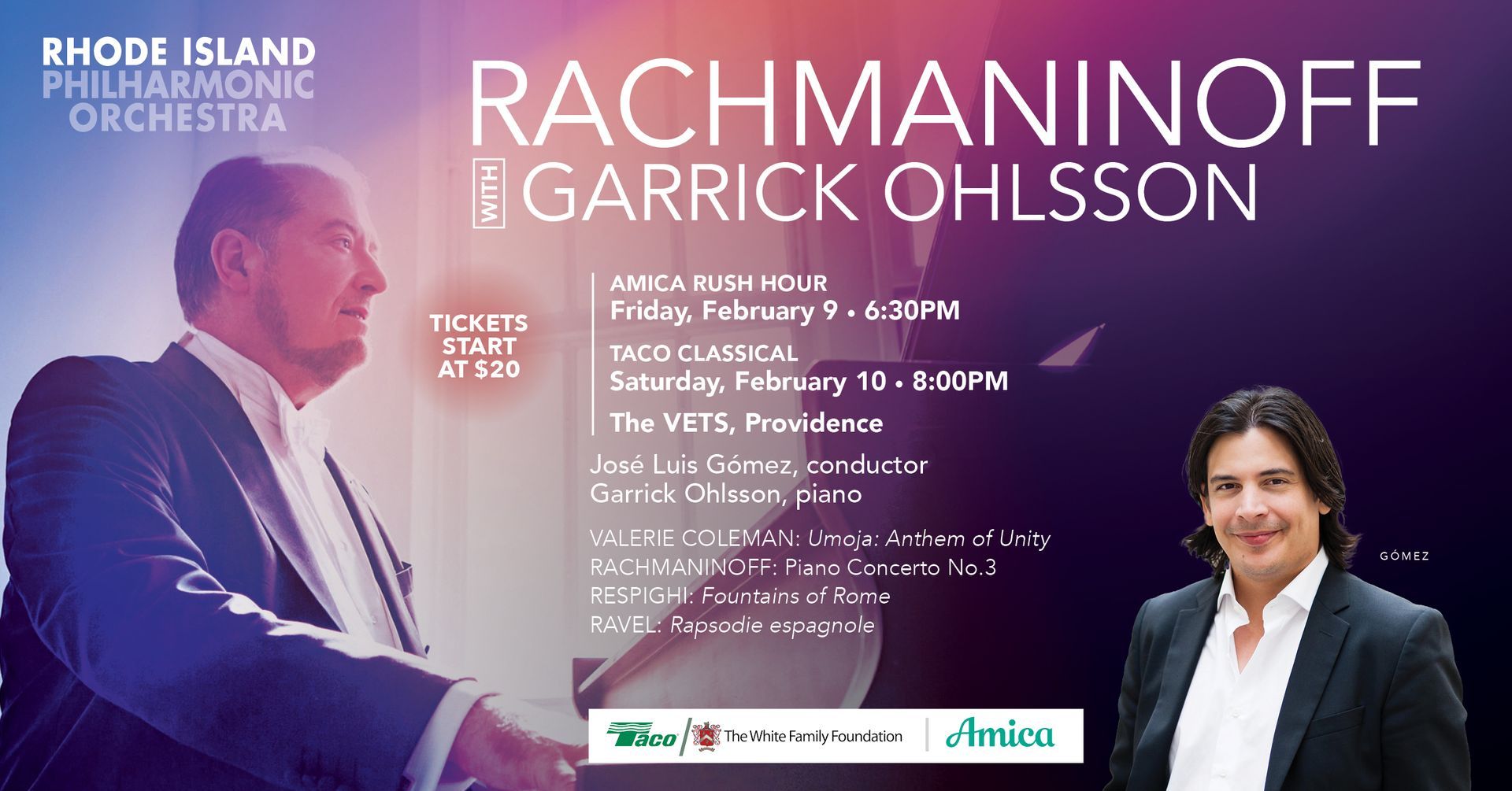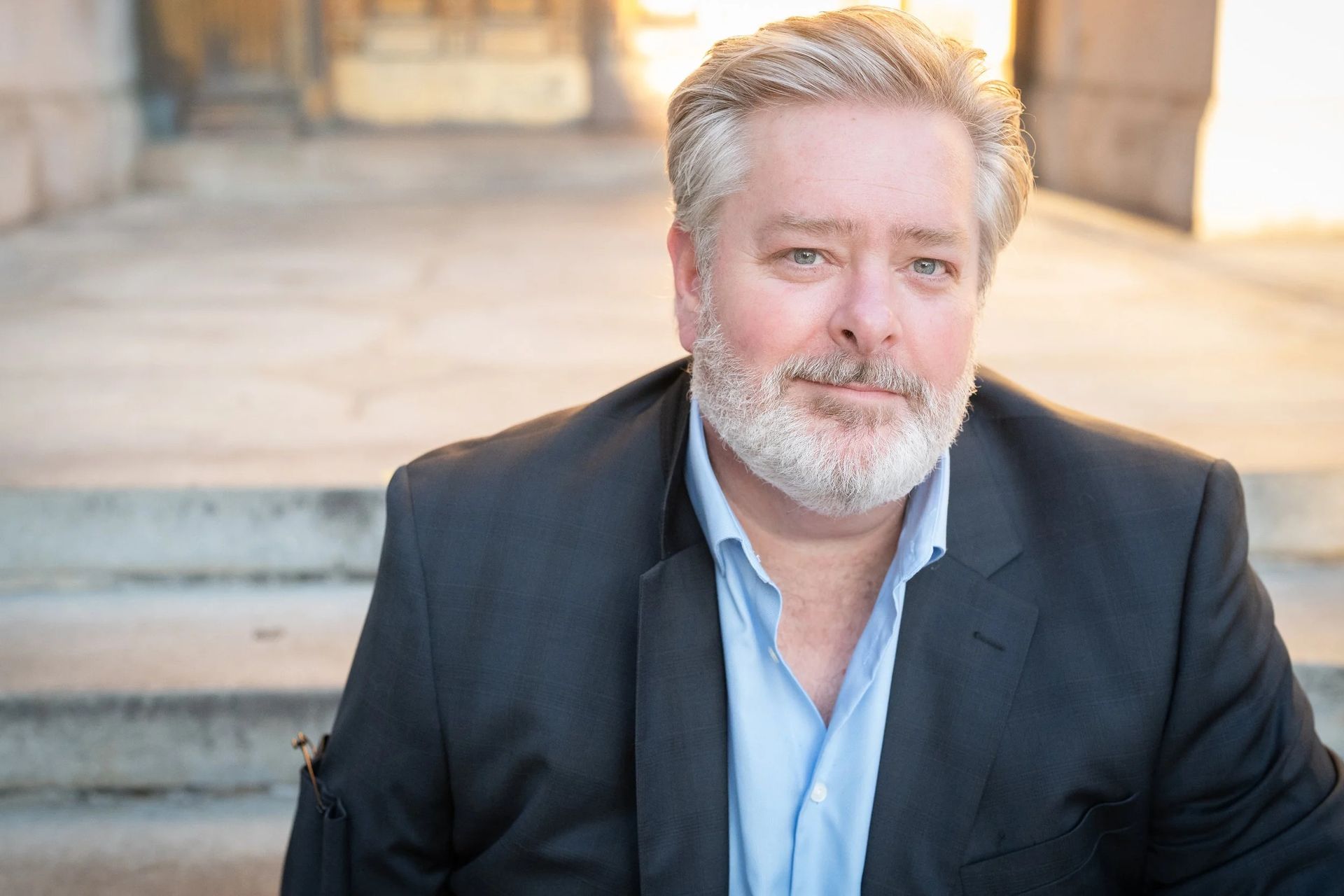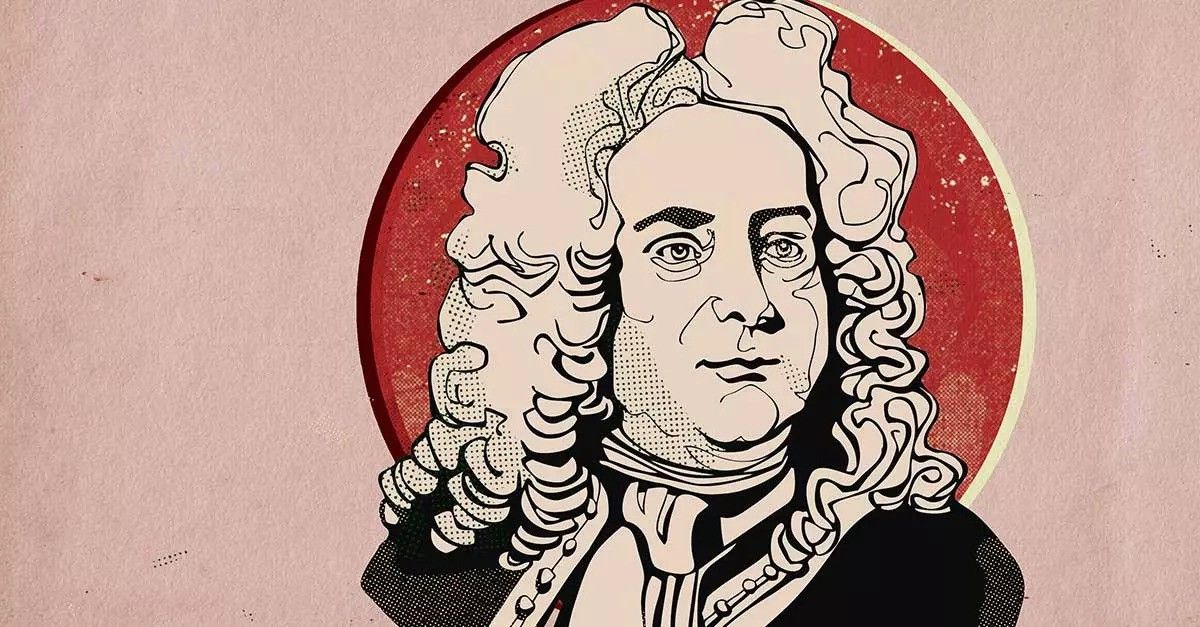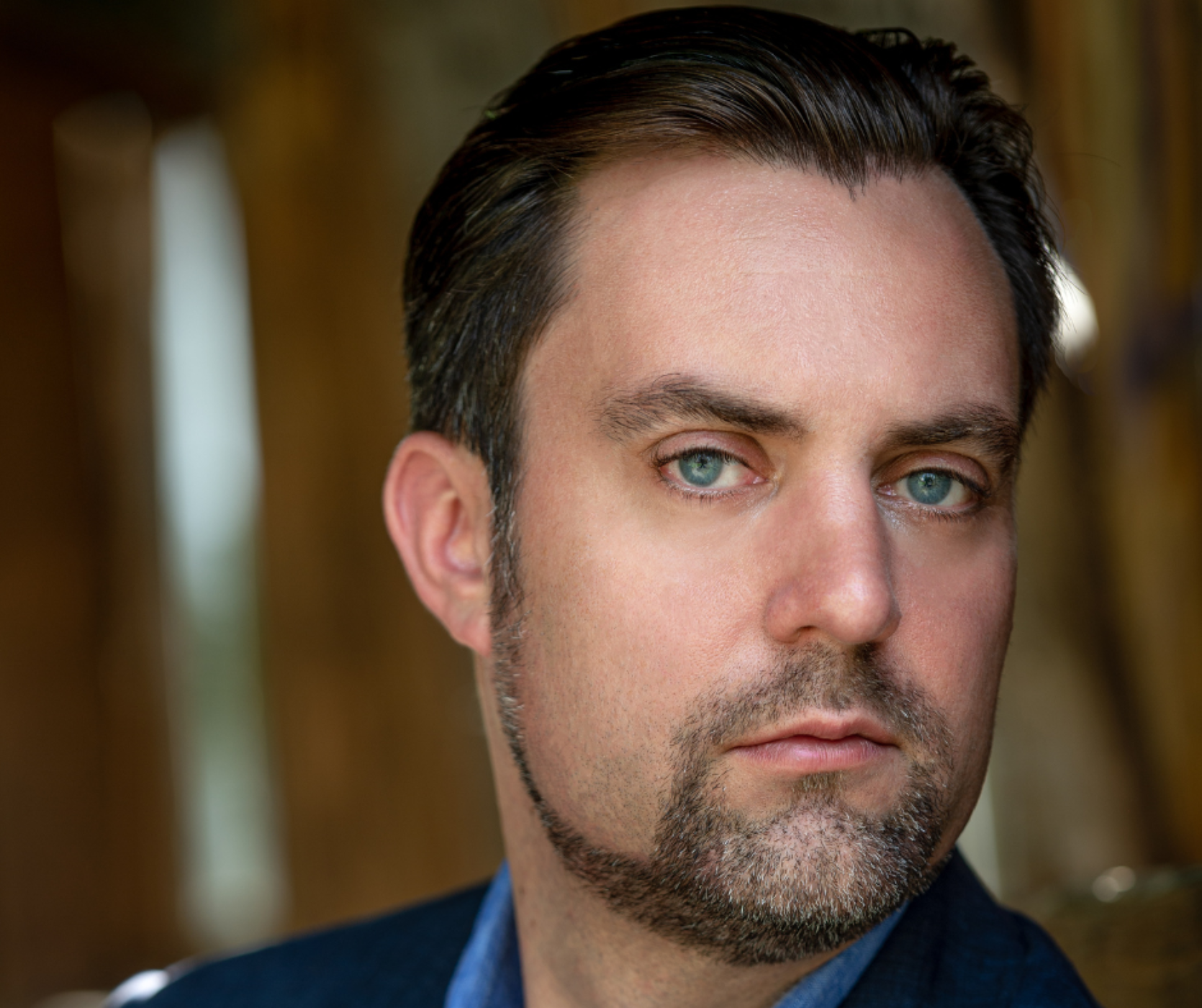THE STORY BEHIND: Respighi's "Fountains of Rome"
Share
On February 9 & 10, conductor José Luis Gomez and the Rhode Island Philharmonic Orchestra will present RACHMANINOFF WITH GARRICK OHLSSON.

Title:
Fountains of Rome, P.106
Composer:
Ottorino Respighi (1879-1936)
Last time performed by the Rhode Island Philharmonic: This is a RI Philharmonic Orchestra premiere. This piece is scored for two flutes, piccolo, two oboes, English horn, two clarinets, bass clarinet, two bassoons, four horns, three trumpets, three trombones, tuba, timpani, harp, celesta, piano and strings.
The Story:
There are only a few 20th-century masters of colorful orchestration. Leading composers among this select group, such as Ottorino Respighi, usually worked in a musical style that was a holdover from the Romantic 19th century. Respighi received his advanced training in orchestration directly from another of the world’s most coloristic orchestrators, Nicolai Rimsky-Korsakov. In 1900, Respighi travelled to Russia to play violin in the St. Petersburg Imperial Opera orchestra and to study with Rimsky-Korsakov. The latter’s influence is felt throughout Respighi’s symphonic poems, notably the famous
Fountains of Rome (1916) and
Pines of Rome (1924).
Two dominant ideas run through much of Respighi’s orchestral program music. One is a choice of subject sensorially perceived (rather than intellectually). The other is some cultural echo of the remote past. Both ideas are functioning in
Fountains of Rome. Respighi wrote that his purpose was “to give expression to the sentiments and visions suggested . . . by four of Rome’s fountains, contemplated at the hour in which their character is most in harmony with the surrounding landscape, or in which their beauty appears most impressive to the observer.”
Fountains of Rome is in four distinct sections, played without pause, as an integrated symphonic poem. Here is Respighi’s own program note:
The first part of the poem, inspired by the Fountain of Valle Giulia, depicts a pastoral landscape. Droves of cattle pass and disappear in the fresh, damp mists of a Roman dawn. A sudden loud and insistent blast above the trills of the whole orchestra introduces the second part. It is like a joyous call, summoning troops of naiads and tritons, who come running up pursuing each other and mingling in a frenzied dance between the jets of water.
Next there appears a solemn theme, borne on the undulations of the orchestra. It is the Fountain of Trevi at midday. The solemn theme, passing from the woodwind to the brass instruments, assumes a triumphal character. Trumpets peal; across the radiant surface of the water passes Neptune’s chariot, drawn by sea-horses and followed by a train of sirens and tritons. The procession then vanishes, while faint trumpet blasts sound in the distance.
The fourth part is announced by a sad theme that rises above a subdued warbling. It is the nostalgic hour of sunset. The air is full of the sound of tolling bells, birds twittering, leaves rustling. Then all dies peacefully into the silence of the night.
Program Notes by Dr. Michael Fink © 2023 ALL RIGHTS RESERVED
Tickets start at $20! Click HERE or call 401-248-7000 to purchase today!







